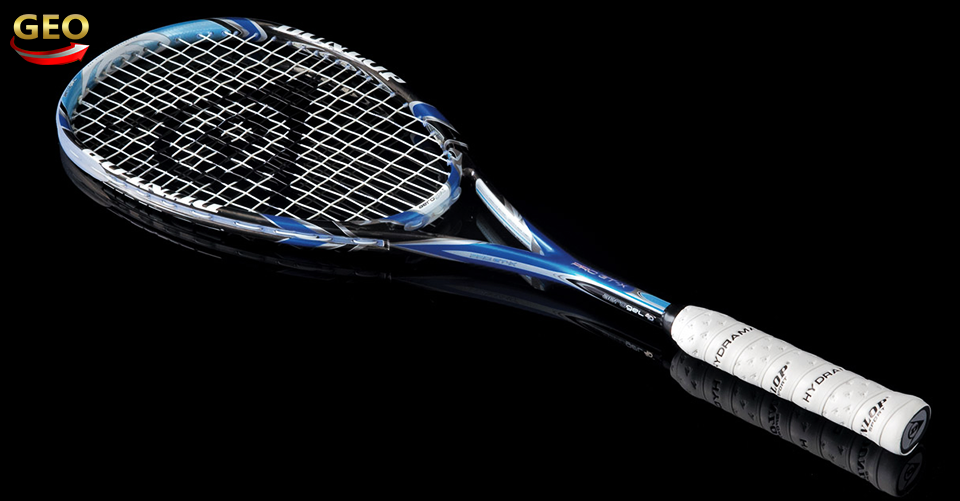
Squash is a game which is gaining rapidly in popularity. It is a relatively easy game to learn and fun to play at any level of ability. The equipment needed is also not very expensive.
Learning to play squash is in some ways the same process as learning a foreign language. The skills are the basic vocabulary, while the drills and tactics form a grammatical framework to fit the strokes into the game.
With a low level of skill it is possible to play a very enjoyable game with a partner of similar standard, but with higher levels the possibilities become almost endless and the whole game much more interesting.
Squash Racket is generally made of different types of Materials. Most commonly used materials are Graphite, Aluminum, Boron and Kevlar or the Wood. The vast majority of rackets manufactured today use graphite in one form or another as the base ingredient. Graphite is remarkably strong for its relative light weight. It provides terrific power, as well as good control and feel for the ball.
Squash Racket must comply to following WSF specifications:
- Maximum length of the Racket = 686 mm
- Maximum width, measured at right angles to the shaft = 215 mm
- Maximum length of strings = 390 mm
- Maximum strung area = 500 sq. cm
- Minimum width of any frame or any structural member (measured in plane of strings) = 7 mm
- Maximum depth of any frame or other structural member (measured at right angles to plane of strings) = 26 mm
- Minimum radius of outside curvature of frame at any point = 50 mm
- Minimum radius of curvature of any edge of frame or other structural member = 2 mm
- Maximum weight of the Racket = 255 g
Squash Racket is made up of many components which are explained as below:
- The head of the racket is defined as that part of the racket containing or surrounding the strung area.
- Strings and string ends must be recessed within the racket head or, in cases where such recessing is impractical because of racket material, or design, must be protected by a securely attached bumper strip.
- The bumper strip must be made of a flexible material which cannot crease into sharp edges following abrasive contact with the floor or walls.
- The bumper strip shall be of a white, colorless or unpigmented material. Where for cosmetic reasons a manufacturer chooses to use a coloured bumper strip, then the manufacturer shall demonstrate to the satisfaction of the WSF that this does not leave a coloured deposit on the walls or floor of the court after contact.
- The frame of the racket shall be of a colour and/or material which will not mark the walls or floor following an impact in normal play.
- Strings shall be gut, nylon or a substitute material, provided metal is not used.
- Only two layers of strings shall be allowed and these shall be alternately interlaced or bonded where they cross and the string pattern shall be generally uniform and form a single plane over the racket head.
- Any grommets, string spacers or other devices attached to any part of the racket shall be used solely to limit or prevent wear and tear or vibration and be reasonable in size and placement for such purpose. They shall not be attached to any part of the strings within the hitting area (defined as the area formed by overlapping strings).
- There shall be no unstrung areas within the racket construction such that will allow the passage of a sphere greater than 50mm in diameter.
The total racket construction including the head shall be symmetrical about the centre of the racket in a line drawn vertically through the head and shaft and when viewed face on.
